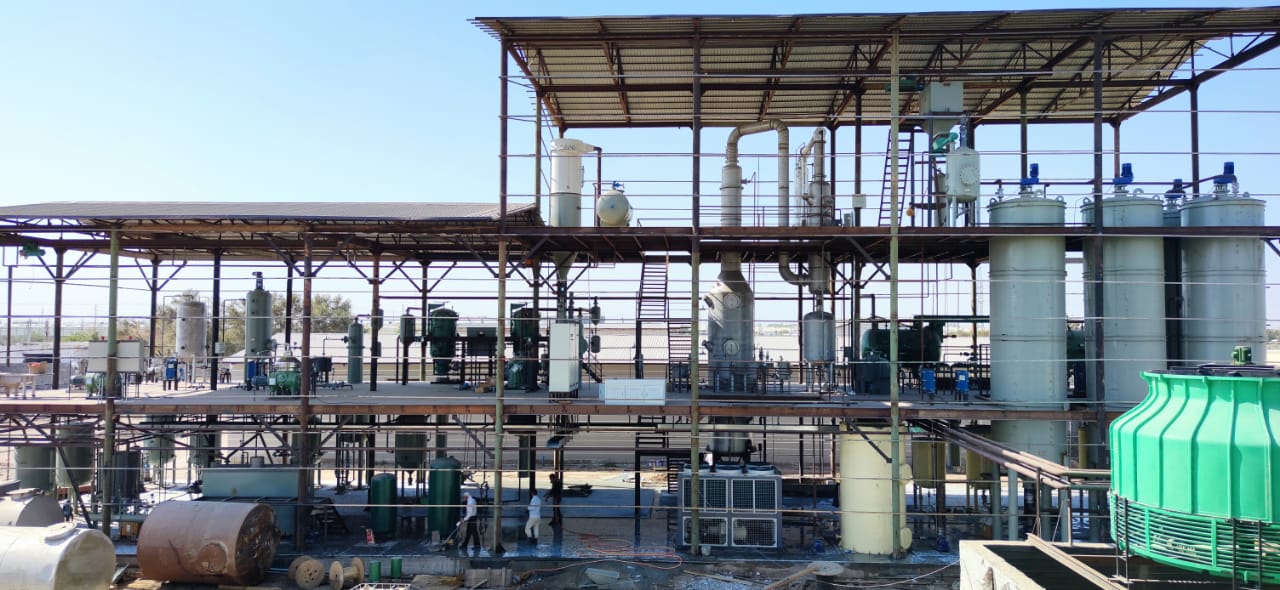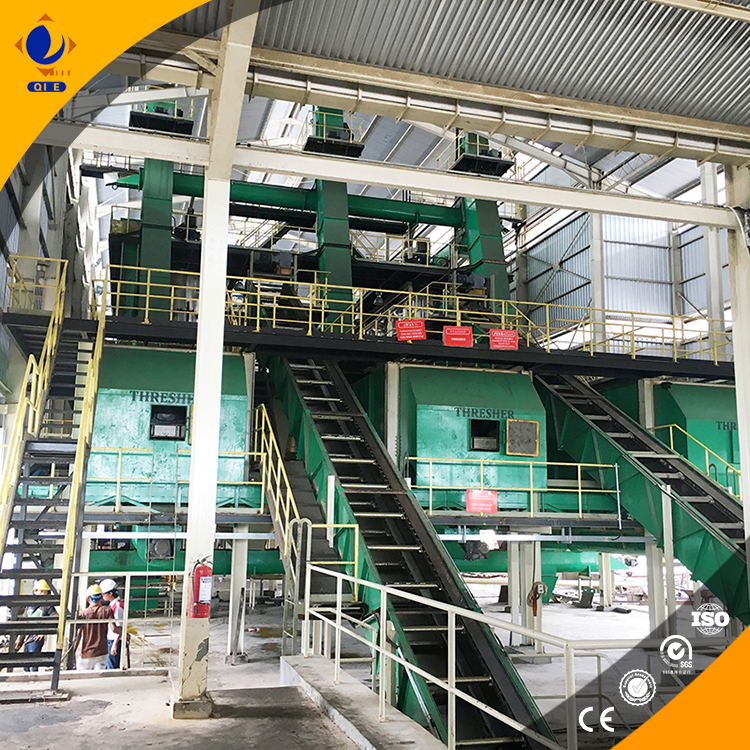
With the increasing demand for high-quality soybean products globally, manufacturers are seeking ways to optimize their production processes while ensuring energy efficiency and nutrient retention. Modern energy-saving soybean processing equipment has emerged as a game-changer, offering advanced solutions that not only reduce energy consumption but also preserve the nutritional value of soybeans throughout the entire processing chain.

The latest generation of energy-saving soybean processing equipment integrates cutting-edge technologies such as solvent extraction, cold pressing, and precision separation. These systems are designed to maintain optimal temperature control, minimize mechanical stress, and ensure efficient extraction of valuable components like protein and oil. Compared to traditional methods, these machines can reduce energy use by up to 30%, while improving product consistency and quality.
Each step in the soybean processing line plays a crucial role in achieving both efficiency and quality. Below is an overview of the six critical stages:
| Process Step | Function | Energy Efficiency |
|---|---|---|
| Cleaning | Removes impurities, foreign materials, and moisture from raw soybeans. | High |
| Fractionation | Separates soybean into different fractions based on size and density. | Medium |
| Dehulling | Removes the outer hull to improve oil yield and protein quality. | High |
| Deep Cold Treatment | Reduces thermal damage during processing, preserving nutrients and flavor. | Very High |
| Solvent Extraction | Extracts oil using low-energy solvents, minimizing waste and maximizing yield. | High |
| Decolorization | Removes pigments and impurities to achieve a clean, uniform appearance. | Medium |

Traditional soybean processing often involves high-temperature operations, leading to significant nutrient loss and higher energy consumption. In contrast, modern energy-saving equipment uses precise temperature control, optimized pressure settings, and advanced filtration systems. For example, one manufacturer reported a 25% reduction in energy costs and a 15% increase in protein content after upgrading to the latest processing system.
The improvements in processing technology have a direct impact on the quality of final products such as soy protein concentrate (SPC) and soy protein isolate (SPI). With better nutrient preservation and cleaner extraction, these products offer superior functional properties, including improved solubility, emulsification, and texture. This makes them more attractive to food manufacturers and consumers alike.

A major soy processing plant in Southeast Asia upgraded its production line with energy-saving soybean processing equipment. Within six months, the facility saw a 30% improvement in energy efficiency, a 10% increase in product yield, and a significant reduction in waste. The enhanced quality of their soy protein products allowed them to enter new markets and secure long-term contracts with international buyers.
For businesses looking to stay competitive in the global soybean market, investing in energy-efficient processing technology is no longer optional—it’s essential. By adopting advanced soybean processing equipment, manufacturers can achieve sustainable growth, meet evolving consumer demands, and enhance their brand reputation.

